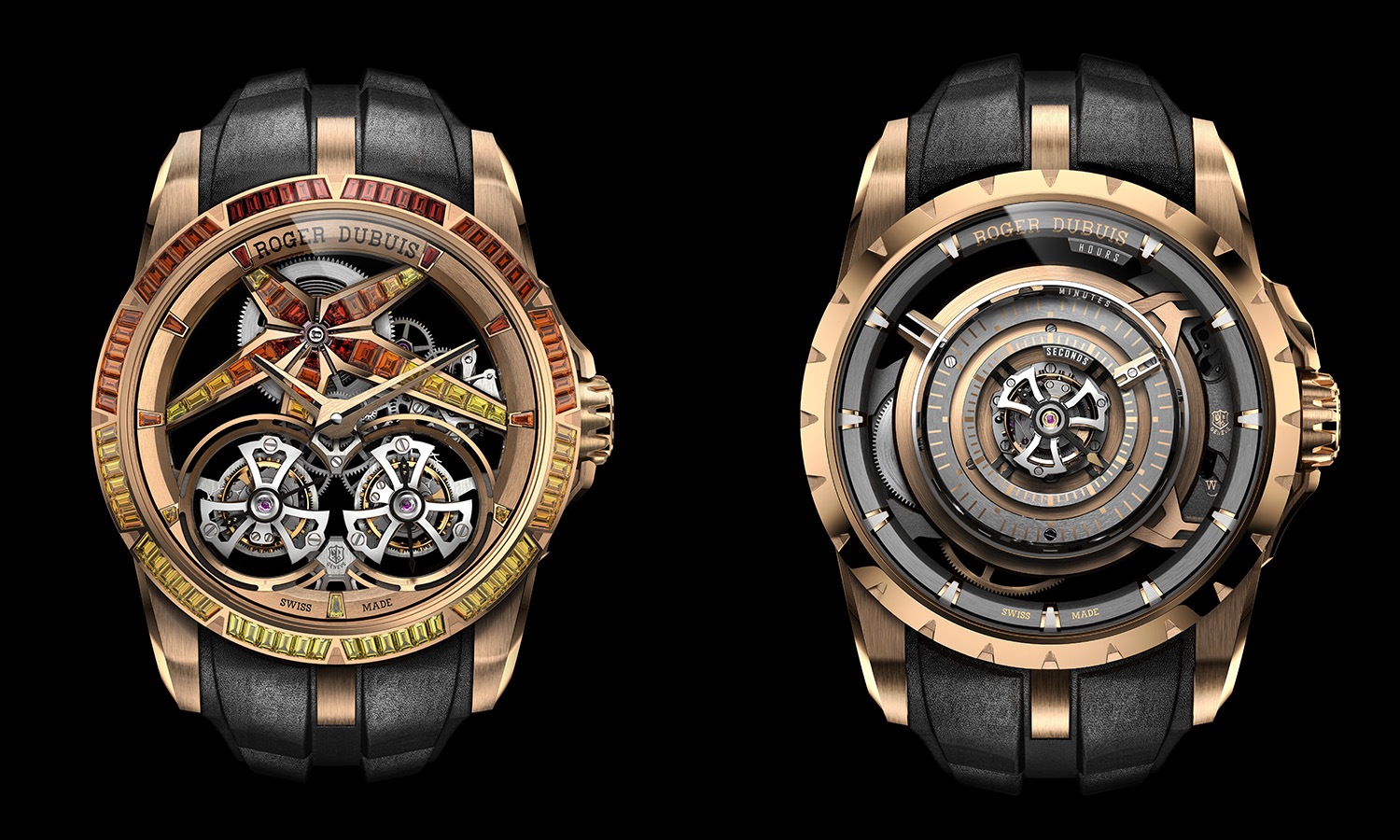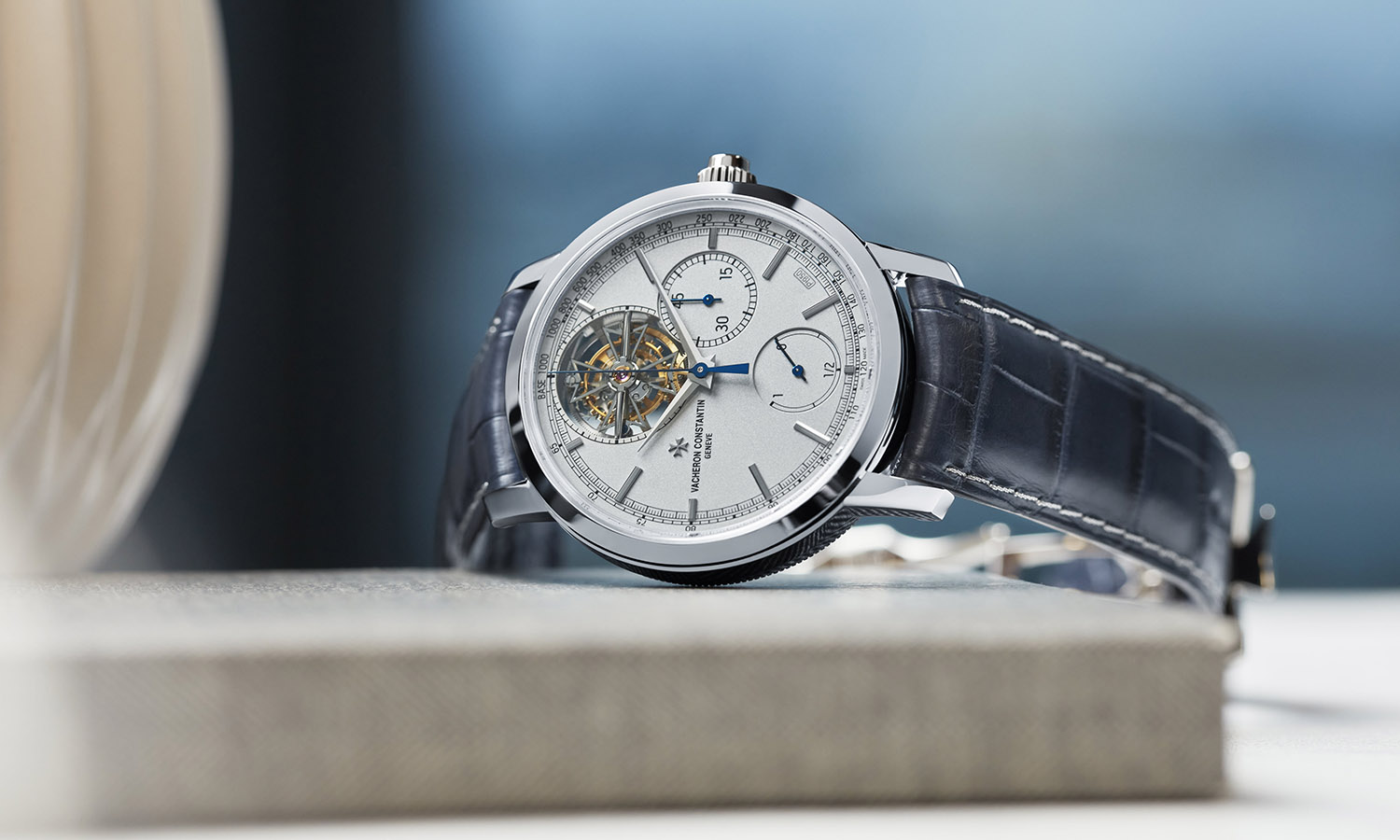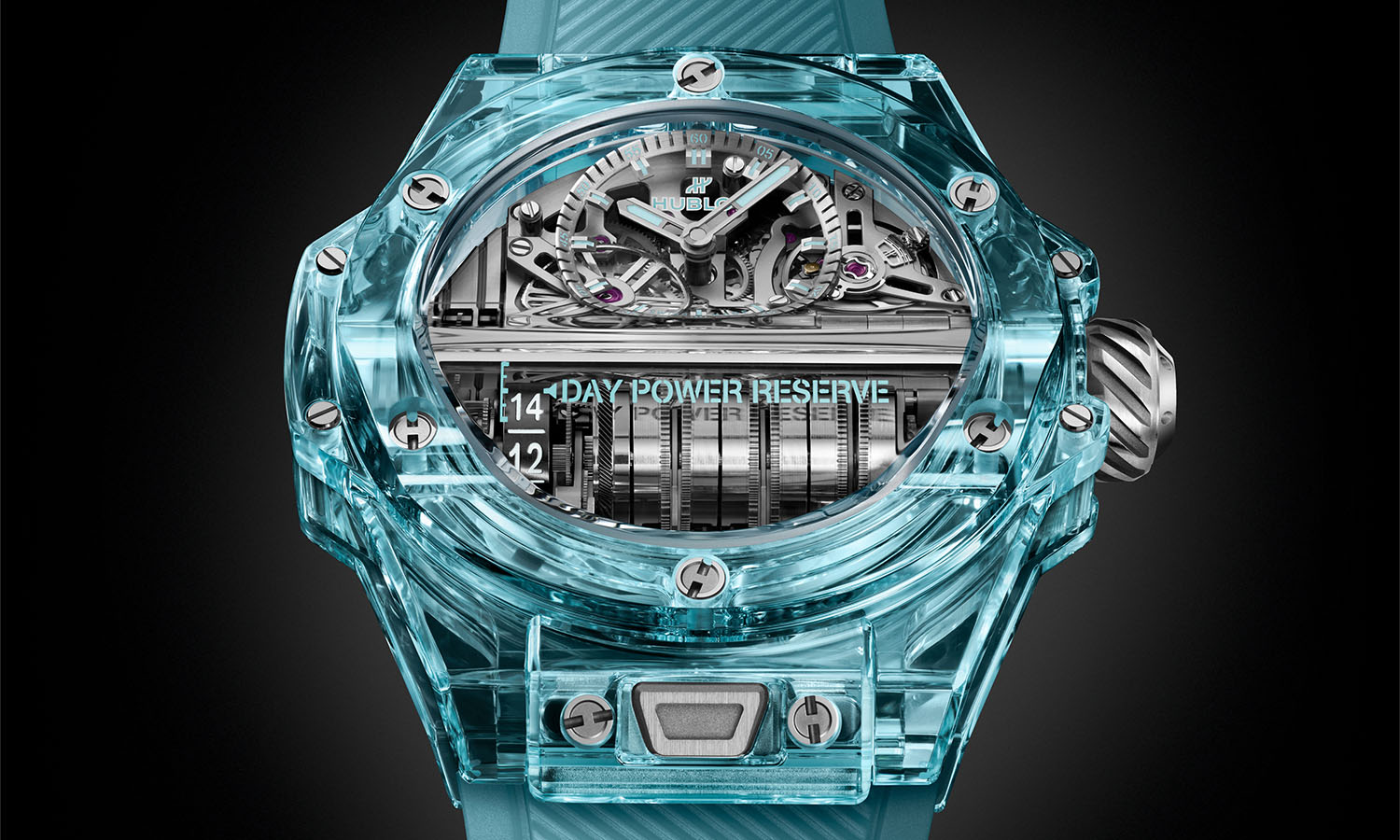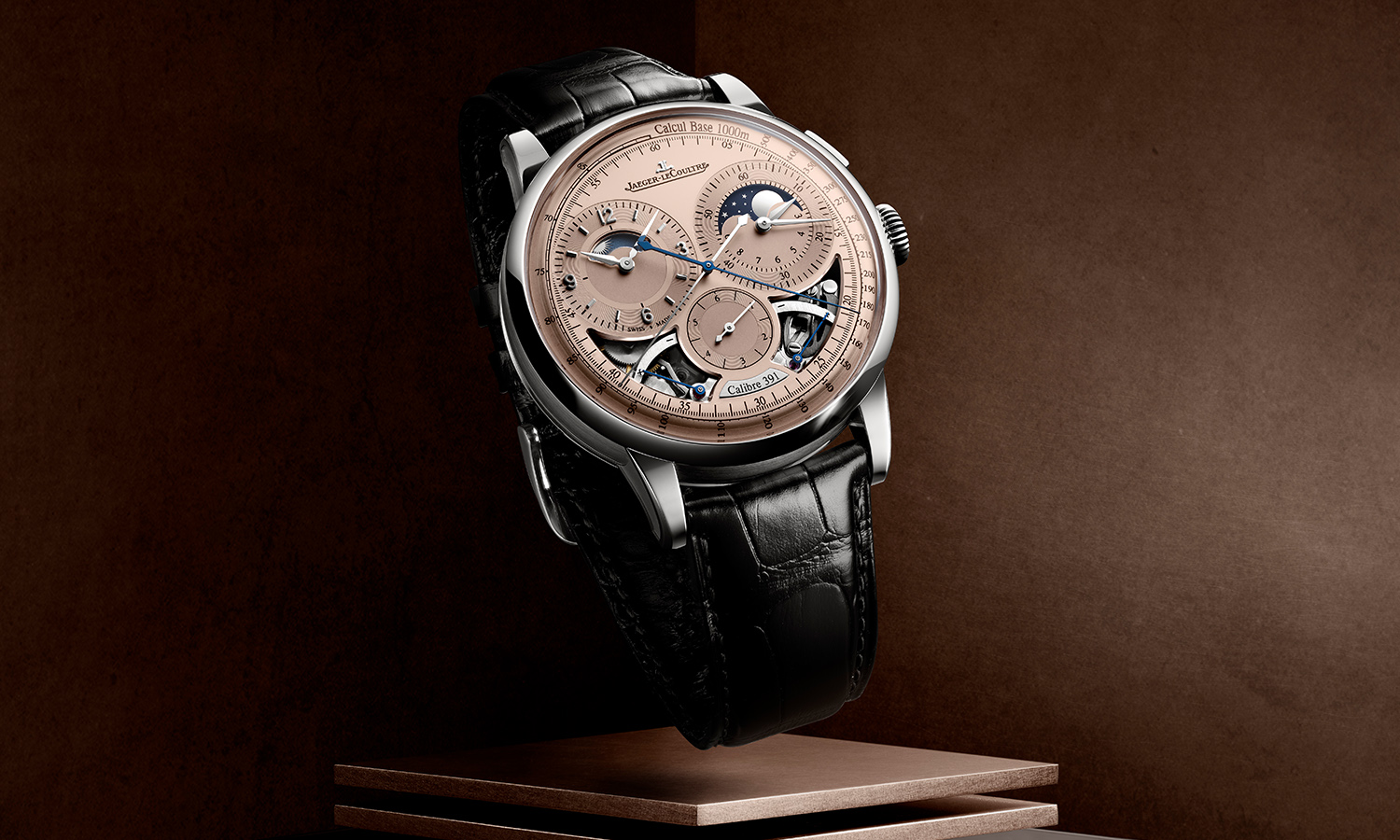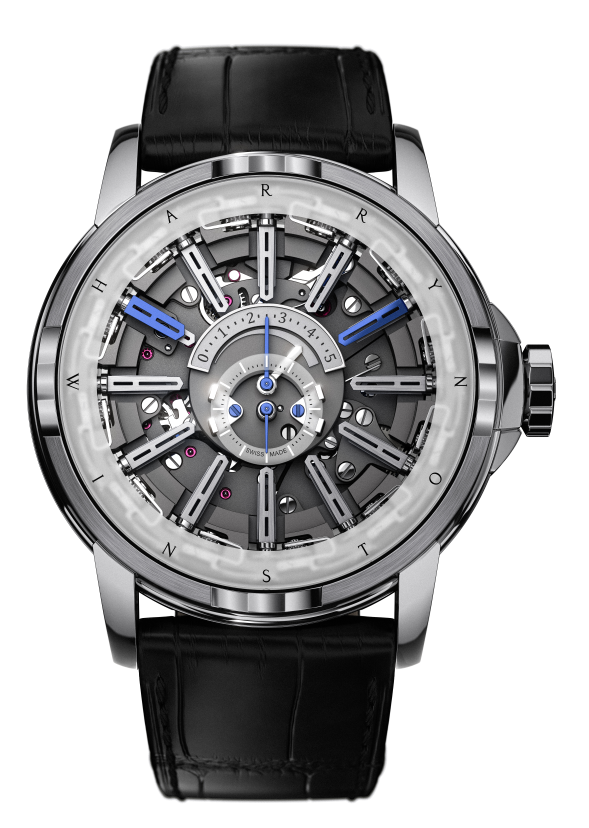
Haute Time Review: The Harry Winston Opus 12
Every year at BaselWorld, one company can be relied on to set tongues wagging –Harry Winston’s Opus series of watches, now in its 12th year, are exercises in watchmaking as a high art form, and each Opus watch is a collaboration with one of the finest independent watchmakers in the world. The results are spectacular mechanical fantasies come to life, and they’re both intriguing and polarizing, but they’re never anything less than incredibly inventive examples of what watchmaking –in the right hands, and with the right combination of high technical skill and design genius –can become.
This year’s Opus 12 is the brainchild of one Emmanuel Bouchet, who is the founder of a firm named Centagora –a micromechanics and watchmaking consulting firm, one of those unsung companies often behind the complicated watches made by more celebrated names –but he’s also deeply immersed in the history and techniques of fine watchmaking through his decades-long history of restoring vintage and modern watches as well. Though he’s up to now been much better known in the industry than outside of it we think the Opus 12 is going to change all that.
To create the Opus 12 Bouchet considered a question he told us, during our visit to Harry Winston’s exhibition at BaselWorld, he’d been thinking about for some time: how would a watch look if, instead of having hands that were driven from the center of the watch (as is the case for virtually every watch or clock ever made, since the first watches were made in the late Renaissance down to today) it had hands that were driven from the outside of the movement –from its circumference? In the Opus 12, he’s fulfilled that vision. The Opus 12 has two sets of 12 hands spaced evenly around the dial –one hand to mark the hour, and one to mark the minutes to the nearest five minute mark. At the center of the watch is a retrograde five minute hand, as well as a center seconds display, and an indication for the power reserve.
Each hour and minute hand has two sides –an “active” blue side and a “neutral” grey. The current hour is shown by an hour hand rotated to show the blue face, and the current minute, to the nearest five minute mark, is shown by one of the longer minute hands, rotated to its blue face as well.
At each five minute mark, two things happen: the retrograde minute hand flies back instantaneously to the zero mark, and the minute hand at the next five minute point on the dial rotates to show its blue face (while the preceding one returns to neutral.) At the change of the hour, the wearer’s treated to a really spectacular display: each hour hand in turn does a full rotation around its paired minute hand, in sequence around the dial, as beautifully coordinated as a well-drilled corps de ballet. To control the speed at which the display unfolds, Bouchet has borrowed from the chiming watch known as the minute repeater. A device known as an anchor governor controls the speed at which a repeater watch chimes the time; the same device is used in Opus 12 to control the speed of the hourly display.
The overall effect is both novel and very classical, but underneath it is enormous complexity –the movement has a total of 607 components, and a total of 27 hands. Even the winding and setting mechanism required a new gear train design, as the gears that switch the hands are located on the outer circumference of the movement and would block a conventional winding and setting stem. It’s one of the best examples we’ve seen of a watch that fuses its technical and aesthetic aspects into a single, beautifully integrated whole
The Harry Winston Opus 12 is available in white gold, with a 46mm case, and presented on a hand-sewn alligator strap with matching white gold folding buckle. $270,300.
Like Haute Time? Join our Facebook page or follow us on Twitter @hautetime.
 SIGN UP
SIGN UP




